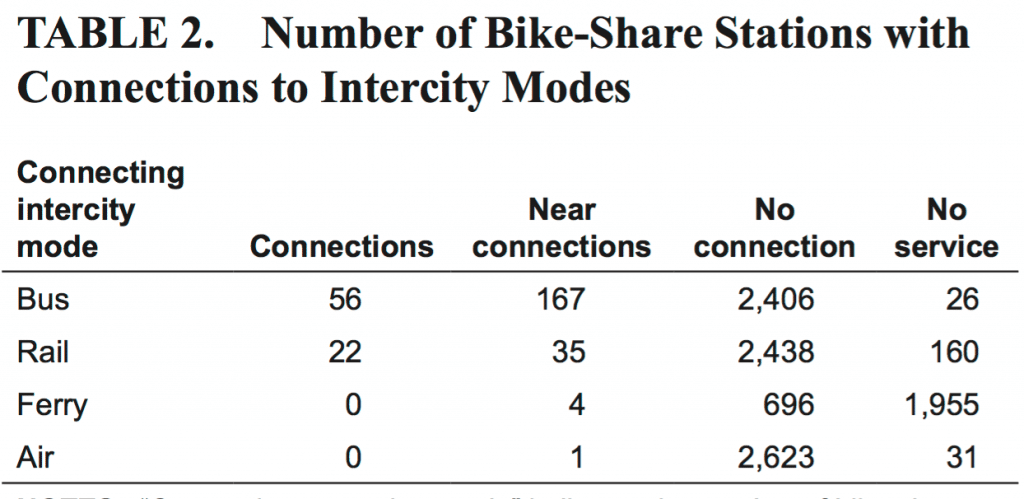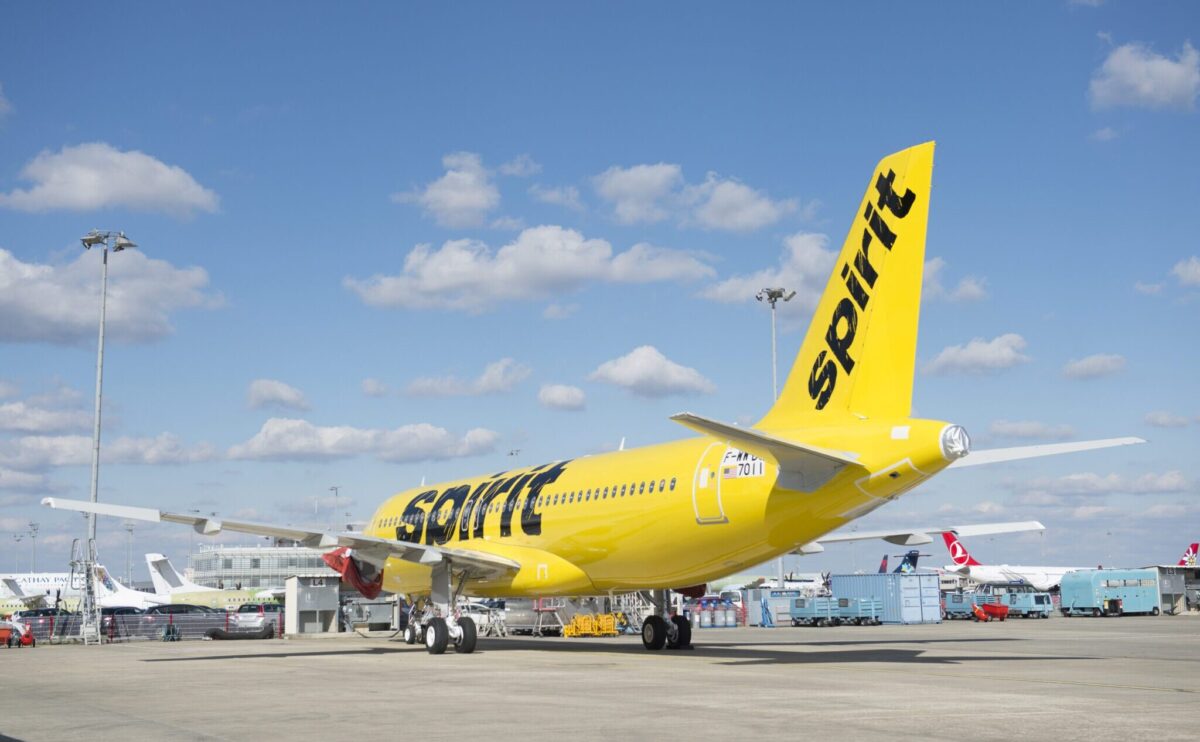A Robust Bikeshare Network Is Still Developing in U.S. Cities

Skift Take
If you've visited a major U.S. city in the last couple years, you've probably noticed the proliferation of bikeshare stations meant to augment traditional bus and rail public-transportation options.
The U.S. boasted a total of 2,665 bikeshare stations across 65 cities as of August 2015, according to a new report from the U.S. Department of Transportation's Bureau of Transportation Statistics. The government's numbers don't include private rentals or private systems run by universities.
The vast majority of these stations connect with another mode of transportation, but not a single station in the country connects directly to an airport, according to BTS data. Just 2.4 percent of bikeshare stations, as well, connect to a form of inter-city travel.
The report suggests that a lack of coordination between local transit authorities and bikesharing companies is to blame for the limited access to multiple forms of public transportation.
Here are a few other takeaways from the report:
Bikesharing is an appealing option for travelers to reach public transportation
Of the bikeshare stations that connect to another transportation mode, few connect to more than one public transportation option.
More than 86 percent of stations connect to another transportation mode, and 72.8 percent of those connect to a single mode of public transportation. Just 13.1 percent connect to two public transportation options.
The Northeast and Midwest had adopted bikesharing the most
Surprisingly, the west coast has been slow to embrace bikesharing. New York, Washington, D.C., and the area encompassing Chicago and Madison, Wisc., have the biggest bikesharing systems.
No bikesharing systems connect directly to an airport-- yet
Very few bikesharing stations connect directly to travel options that allow for moving between cities. Just 56 connect directly to bus stations, and none connect to airports or ferries.
Source: U.S. Department of Transportation's Bureau of Transportation Statistics







